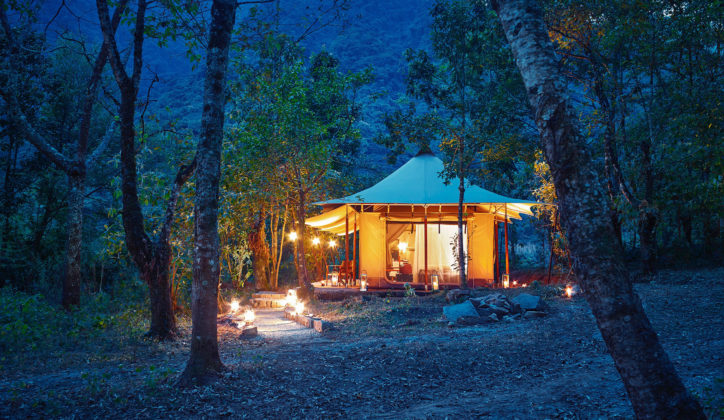Nestled in the far north east of India, bound by Assam to the west and Myanmar to the east, Nagaland is one of the country’s smallest, most remote and undiscovered states. It forms part of what is known as the Seven Sisters, the seven states of north east India, and is both culturally rich and exceptionally beautiful.
Nagaland is inhabited by 16 main tribes, each fiercely proud of their identity, with language, customs and dress differentiating them from one another. Preservation of tradition is immensely important and countless festivals are held throughout the year to celebrate and strengthen the culture of each tribe. Folklore still abounds, with stories passed down from generation to generation and music is an integral part of life. Once fearsome warriors and headhunters, agriculture is now the main industry for the Naga people, with most living in small isolated villages that lay amongst the fields and forests.
With no early written history, Nagaland’s past is somewhat hazy. Invaded by the Burmans from Myanmar in the early 19th century, it then fell under British rule until India’s independence in 1947. Initially still part of Assam, there was a strong movement for secession and in 1963 it achieved statehood.
As well as an incredible history and a fascinating culture, Nagaland is one of India’s most beautiful regions. Sometimes referred to as the Switzerland of the east, it is a land of rolling hills and lush valleys. Its forests are inhabited by bears, monkeys, buffalo and deer as well as elusive tigers and leopards. It is a paradise for hikers and climbers as well as those who simply want to appreciate a pocket of India that is so rarely experienced.
Accommodation in Nagaland
Here are some of our travel designers' favourite options








